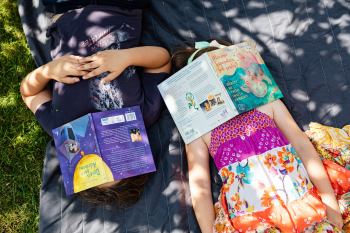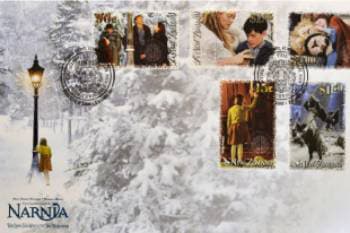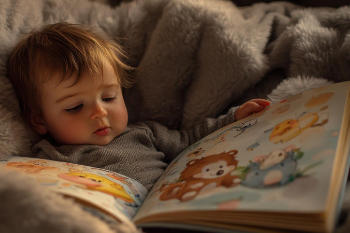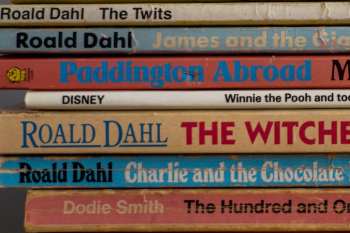How Short Can a Children’s Book Be?
Children’s books are invariably much shorter than those for teenagers and adults. There are many reasons for this, with much of the emphasis in a children’s book placed on the quality of the pictures. The publishing industry appears to have set watertight guidelines for those publishing children’s books.
A children’s book can be as short as a few pages, depending on the intended age range of the readers. On the other hand, a children’s book cannot (or at least should not) be longer than 32 pages. In general, picture books shouldn’t include more than 1,000 words.
In the rest of this article, I’ll discuss the length of the average children’s book and why these guidelines are so important. I’ll also delve into the categorization of children’s books.
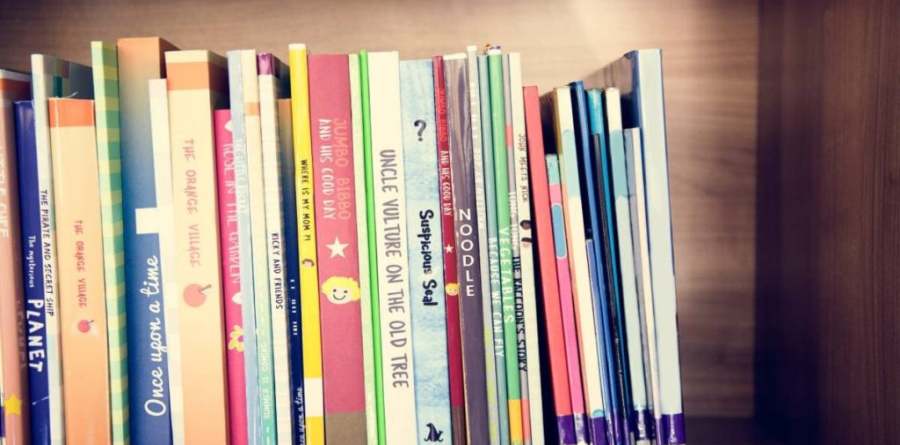
How Long Is the Average Children’s Book?
You might think that a children’s book can be any length, mainly since it probably contains many pictures. However, children tend to have shorter attention spans than adults and will likely lose interest if the book is too long.
The average children’s book is 32 pages long, including the back and front pages. Children under the age of 8 will typically own books that are less than 1,000 words, and books for toddlers have few (if any) words in their books. Age matters when it comes to word count.
The shortest children’s books tend to come with many pictures, given they are invariably meant for babies and toddlers. An editor or publisher will be unlikely to print word-heavy books for very young children since images are more valuable to children at this delicate developmental stage.
This means that, for a children’s book of around 32 pages, about 500 words is the maximum a publisher will consider.
Books for Older Children Are Longer
On the other hand, for older children up to 13 years old, this length might extend to about 48 pages – meaning the maximum length is around 2,000 words per book. Again, it all depends on the child’s age. Publishers will bear this in mind when looking at potential children’s book manuscripts.
The Benefits of Picture Books
Picture books tend to focus on the pictures (hence the name), thereby telling the story through the images themselves. Very young children appreciate this more. There are also multiple benefits of picture books, such as the following:
- Picture books encourage familial bonding.
- They enable the child to develop visual learning skills.
- They allow children to process complicated information through pictures.
- They can help to build language skills.
- Picture books can improve cognitive and social skills.
As you can see, picture books have many advantages for small children. This is why it’s important not to overload a picture book with too many words, since this might overwhelm the child and distract them.
Why Are Children’s Books Short?
Studies show that children develop their attention skills over time, increasing their attention span as they grow older. This is important to remember because your child—especially if they are around four years of age—will probably only be able to focus on one thing for approximately 12 minutes.
Children’s books are short to accommodate children’s learning capabilities, which are generally subject to their age group. A child of 2 can focus for about 6 minutes, while a 10-year-old can focus for about 30 minutes. If a children’s book is long, it might overwhelm your child.
If your child is two years old, forcing them to read a word-heavy book with hardly any pictures probably won’t be very productive. In fact, it might even make them disinterested in reading altogether. Taking into account your child’s age and capacities will help you choose the right book for them.
Children’s picture books account for this, allowing your child to engross themselves in reading while not feeling overworked or bored. If a book is more than 2,000 words, your 4-year-old child probably won’t take much interest in it, especially if it doesn’t contain many pictures.
Here are some excellent tips on making reading a fun activity for your child.
How Are Children’s Books Categorized?
Children’s books come in many different formats and are usually categorized based on age group. This means that, in general, a young adult novel is probably not best for younger children, and vice versa.
Children’s books are categorized according to age group. There are five primary categories of children’s books based on age and reading ability, ranging from picture books to books for young adults.
Here are the five primary categories of children’s books:
- Picture books. These are primarily picture-based, often with just a handful of words on each page.
- Emerging readers. Once your child has learned to read, these books will be invaluable. They allow the child to get used to different book themes and may still have plenty of pictures to keep them interested.
- Books with chapters. These books have more words and are perfect for children up to the age of 9. They introduce slightly more complex structures and characters.
- Middle-grade books. These books come into play before the teenage years. They are usually shorter than the average young adult novel and may have a few sparse pictures. They often have complex character arcs and slightly more advanced language.
- YA novels. Young adults will enjoy these, and there are likely very few pictures (or none at all). These books prepare young adults for the more complicated and intricate books aimed at adults. They might also touch on more sensitive subjects.
You can base your book purchases for your child on the levels above. However, you should take into account the individual nature of your child, and don’t level up to longer books until you think they’re ready. A child needs to be given the time to enjoy books without it feeling like a chore. Otherwise, they will inevitably fall out of love with reading altogether.
Final Thoughts
Children’s books are invariably short and often contain many pictures. As your child grows, their ability to focus and language skills will develop as well. Paying close attention to your child’s needs before choosing their books is paramount to their cognitive development.
Children’s books are short to account for growing minds, so be patient with your child, and make reading fun for both of you.

